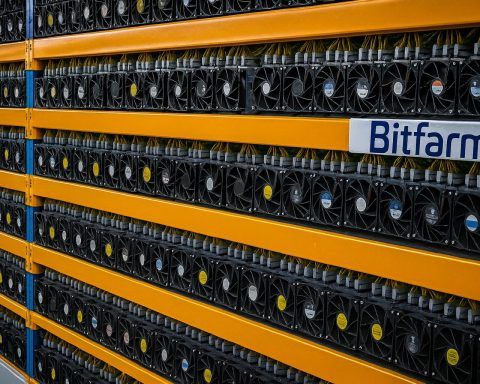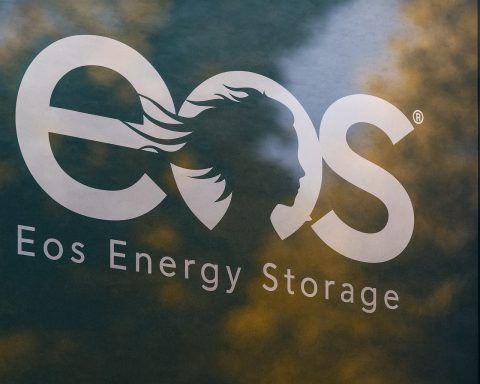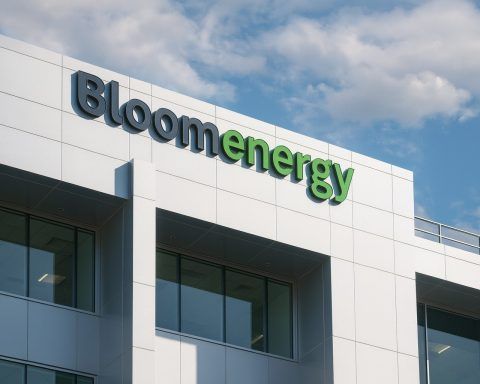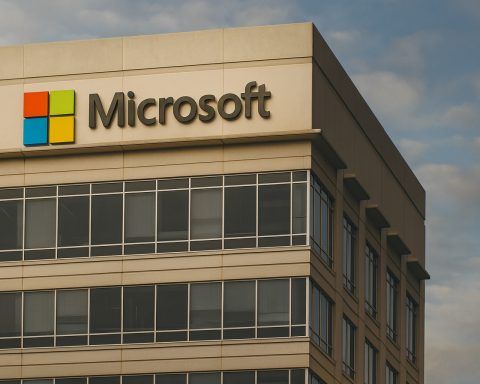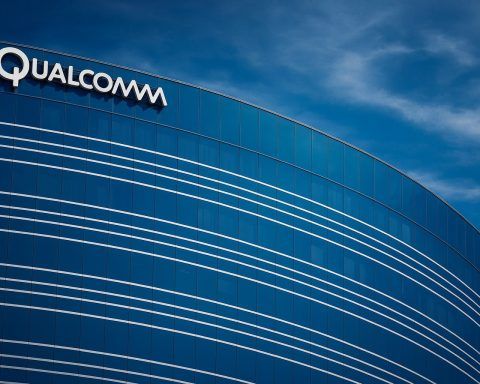
Quantum-Si (QSI) Stock: Is a Breakout Imminent with New Tech and Funding?
Stock Performance As of mid-October 2025, QSI stock is relatively low (around $1.7) compared to its prior highs. After peaking above $4.00 in 2024, shares fell back to sub-$2 levels. In early October, after the company filed a shelf registration
